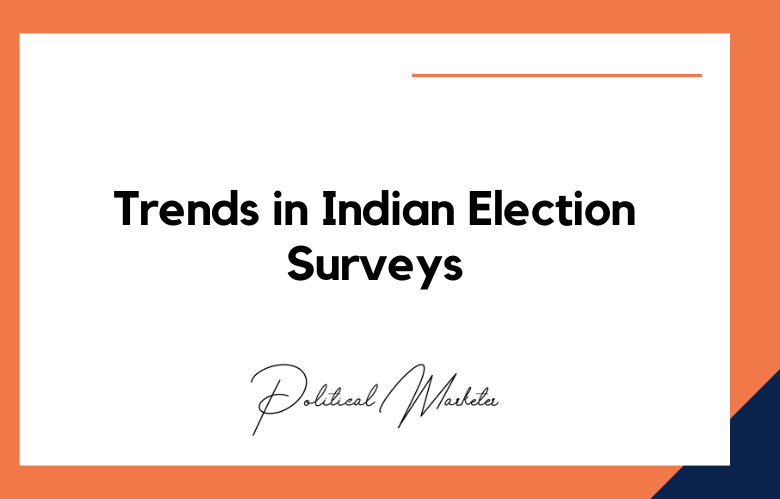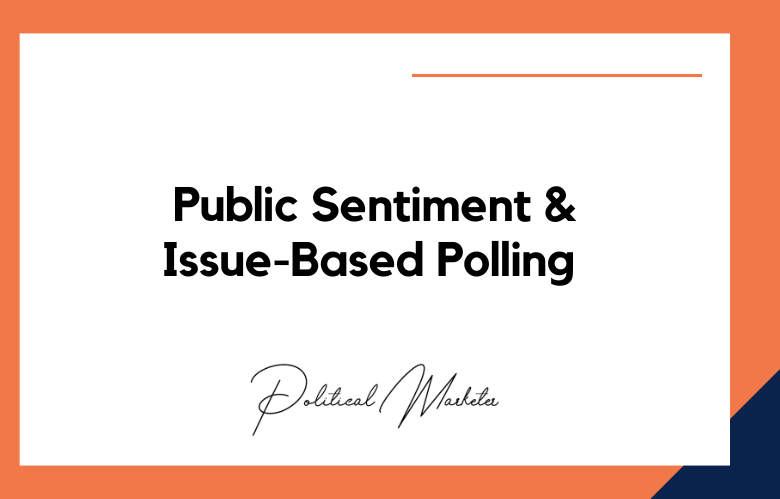Political branding is critical in today’s digital era, where social media platforms and the internet have become the primary sources of news and information consumption. A political leader’s brand image encompasses many elements, including visual identity, messaging, digital presence, personality, and reputation.
Successful political branding can positively influence the public’s perception of a politician and significantly impact their electoral success.
We’ll discuss how to develop a comprehensive 360-degree branding framework for political leaders that can help create a compelling brand image.
What is Roll Out a Political Leader 360-Degree Branding Framework?
Politics is a game of branding and perception. It’s about presenting oneself in the most palatable and attractive way to win votes. Political leaders not only represent themselves, but they also represent their party or ideology.
Therefore, their brand image must be spot-on, sufficient, and perfect. In this digital era, political branding has taken a multi-dimensional approach, and Roll-Out, a Political Leader 360-degree Branding Framework, is one of them.
A 360-degree branding framework is a strategic approach that focuses on enhancing a political leader’s brand image in all domains that provide political influence – online or offline.
It is a comprehensive approach that considers all relevant touch-points of a leader – the message, branding, website, social media accounts, email marketing, public relations, networking, and stakeholder engagement, and aligns them to create a uniform brand image.
A Comprehensive Guide on How to Roll out a Political Leader 360-Degree Branding Framework
The process of rolling out a 360-degree branding framework for a political leader can be a challenging task. However, it is an indispensable aspect of modern political campaigning.
Political branding has become essential for candidates and their campaigns to connect with voters and build a positive image. This guide will help you understand the process and help you create a successful 360-degree branding framework for political leaders.
Understanding the political leader’s vision and values
The first step in developing a 360-degree branding framework is understanding the political leader’s vision and values. The leader’s vision and values are the foundation of their branding message.
This process involves researching the leader’s past political accomplishments and policies they care about.
This understanding will help the branding team align the brand’s message with the leader’s values and vision. Ideally, this process should involve the political leader, as they can provide invaluable insights to the branding team.
Unveiling The Power of Political Leader 360-Degree Branding Framework
As we approach the much-awaited political season, there is no doubt that we are bound to witness vigorous political campaigns.
With the heightened competition among candidates, every political leader seeks to stand out as the best candidate. In this journey, branding is essential to a political leader’s campaign strategy.
Rolling out a Political Leader’s 360-degree Branding Framework is critical to every successful political campaign.
This framework is designed to give a political leader a competitive advantage in the political space. This article discusses Roll Out a Political Leader 360-Degree Branding Framework and how it can be applied in political branding.
We must break down its components to understand the Political Leader 360-Degree Branding Framework.
The framework comprises six dimensions: the candidate’s personality, accomplishments, brand promise, competitive landscape, voter insights, and campaign messages.
For a candidate to roll out a successful political leader 360-degree branding framework, they must look into these dimensions.
Define the Brand Identity
Establishing a unique identity for a politician’s brand is crucial, as this is the first step towards creating a solid brand image. The brand identity should align with the politician’s values and vision and resonate with the target audience.
The brand identity should include a visual representation of the brand, including a logo, color scheme, and font. The correct visual identity can establish a long-lasting emotional connection with the audience.
Develop a Differentiated Messaging
The brand messaging should be clear and concise and communicate the politician’s vision and values.
Messaging should connect with the voters emotionally, building a relationship of trust and confidence.
Messaging should differentiate leaders from competitors by highlighting their unique qualities or strengths. Determining messaging will help voters see the politician as a clear choice for the office.
Create a Compelling Digital Presence
In today’s digital era, a politician’s digital presence is critical to their brand image. Creating a robust and compelling online presence across multiple digital platforms, including social media, is imperative.
An activity and vibrant online presence will increase the politician’s visibility, allow them to connect with the constituents, and create a conversation around the politician’s vision and values.
Define the Politician’s Personality and Reputation
A political leader’s personality and reputation play a significant role in shaping their brand image. Voters tend to vote for politicians with a track record of integrity and authenticity.
The personality should align with the values and vision, and the reputation should reflect the politician’s accomplishments, experience, and community service.
Ensure you communicate the politician’s personality and reputation through unique and memorable brand messages.
Evaluate and Refine the Branding Strategy
Political branding is an ongoing process that requires continuous assessment and monitoring.
Evaluating and consistently refining the branding strategy to stay relevant and keep pace with changing times is essential.
Analyze the effectiveness of the brand strategy periodically and make adjustments as required to increase the impact of the brand image.
Best Practices for Political Leader 360 Degree Branding Framework
Developing a brand:
Political leaders can use branding to create an image that resonates with voters. A brand is a consistent image or message a politician presents to the public. It should reflect what the politician stands for, what they believe in, and what they hope to achieve.
To develop a brand, a political leader must identify their values, goals, and promises. These are based on the candidate’s personal attributes, track records of accomplishments, social identity, and beliefs.
Creating a positive perception:
A political leader’s credibility and presentation of a positive perception are essential in political branding. Leaders with high credibility can develop solid public trust, which is vital to creating a loyal following.
Creating a positive perception requires the use of positive symbolism and messaging. It is critical to keep consistent messaging easily recognized by the public.
Establishing trust:
In the political scene, establishing trust is one of the most essential features of building a sustainable brand. Political leaders must work to develop confidence in their brand, which is crucial to winning over the electorate.
Trust is based on the leader’s credibility and integrity, earned over time by remaining transparent, accountable, and reliable. By leveraging social proof and testimonials, a political leader can increase credibility and build trust with the people they represent.
Building a loyal following:
The Objective of Political Branding is to attract, mobilize, and retain a community of supporters. Building a loyal following requires regular engagement with constituents.
One of the best ways political leaders can engage directly with their community is by attending events, rallies, and meetings and answering people’s questions. Political leaders can also use social media channels to update supporters on their progress, events, policy initiatives, and plans.
Staying relevant:
A political leader’s brand must evolve and adapt to stay fresh and relevant in the rapidly changing political landscape—leaders who remain stagnant risk being left behind.
They must pivot and adjust their brand messaging to accommodate changes in public perception, the political environment, and new societal developments. A constant assessment of current events, shifting trends, and feedback is required to keep up with the times and remain relevant.
Conclusion:
Creating a 360-degree branding framework is critical for political leaders to ensure a strong brand image.
The brand framework should include brand identity, messaging, online presence, personality, and reputation.
By following the steps outlined, Political leaders can create a comprehensive and robust brand strategy to help them succeed in today’s digital era.
A compelling brand image will create trust and goodwill among the voters, giving politicians the winning edge they need to win elections.
Call: +91 9848321284
Email: [email protected]











